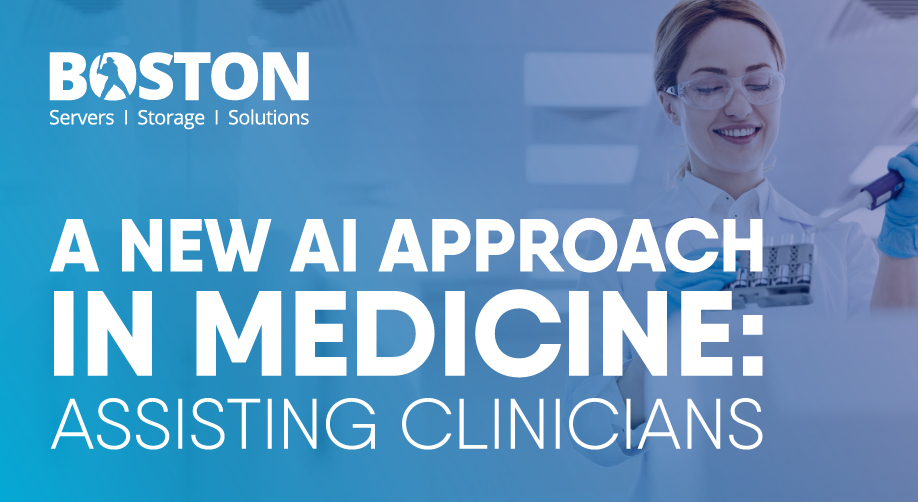
Aside from consultancy, training, and heavy involvement in AI and heterogeneous compute, Boston with NVIDIA are working on new ways of implementing AI in medical practices.
Kurt Gitter, Principal Engineer at Boston Limited, is currently developing software that will help clinicians to detect internal organ anomalies.
We all know that cancer is a leading cause of death worldwide, with nearly 10 million annual deaths due to cancer-related complications. Close to half of the cases involve main organs like the lungs, liver, stomach, and bowel. Sadly, one in three of us will be diagnosed with cancer during our lifetime. This number is steadily growing, with common cancers becoming chronic due to incorrect detection and diagnosis.
What are the current challenges to anomaly detection?
- Reliability
- Lack of automation
- Time inefficiency
- Trained clinicians needing to check data for accurate diagnosis
Fortunately, many cancers are curable if they are detected and treated in their early stages. Boston Medical Solutions is developing cutting-edge imaging IT solution that detects and characteristics tumours, to assist cliniciancs in choosing the correct targeted therapy.
What is the workflow and what are the results?
- Checking and improving input-data
- Relies on annotated data - MRI/CT Scans
- <scanned img> <annotated mask img>
- Anomalies are annotated manually
> Basic annotations - background, non-target-organ, target organ, anomaly region
> Additional annotations - necrotic regions, malign classes, benign classes
> Technical specifications - multi-class (more than one class), and single label (mutually exclusive labels)
- Annotated CT scans are generated by clinical experts
- Challenges: automated quality control, improvements, rejection for re-annotation
- Application of Computer Vision to detect anomalies
- Applied to detect tumour and anomaly regions
- Classifies voxels according to the defined labels
- Regions can be malign, benign, or necrotic
- Assign unique IDs to the detected anomalies
- Further assessments, statistics, and history
- The assessment can cover the entire organ or specific anomaly
- Each anomaly has an ID, which is data that can be compared with previous scans
- This method will develop the more it is used and the more data it is fed
- The two things to consider are granularity (higher, the better) and cross-referencing with other cases
Kurt Gitter calls it a "reliable, automated detection of anomalies to fight cancer and improve health for everybody."
Boston Limited provides dedicated solutions for training, evaluation, quality control of input and output of data, and storage and security.
Interested in learning more? Email us at [email protected] with the subject line ‘Boston Medical Solutions: Anomaly Detection’ or give us a call on 01727 876 100.